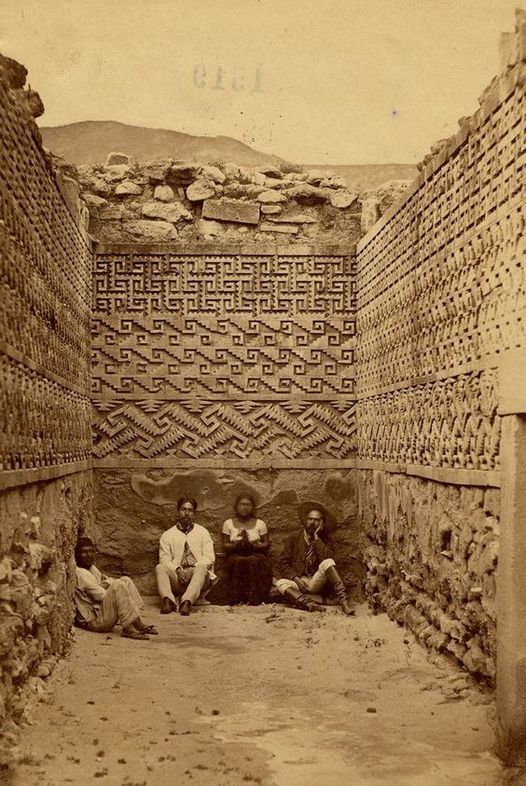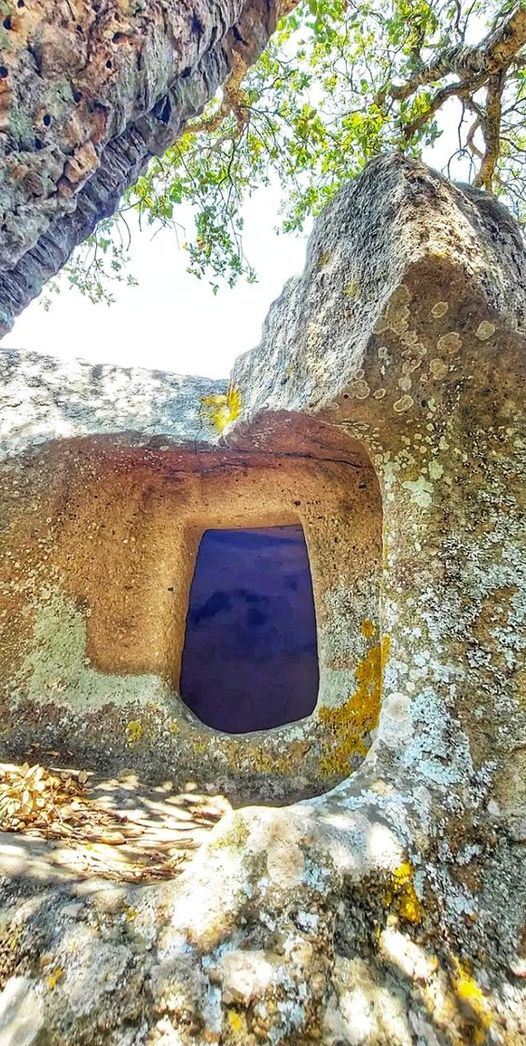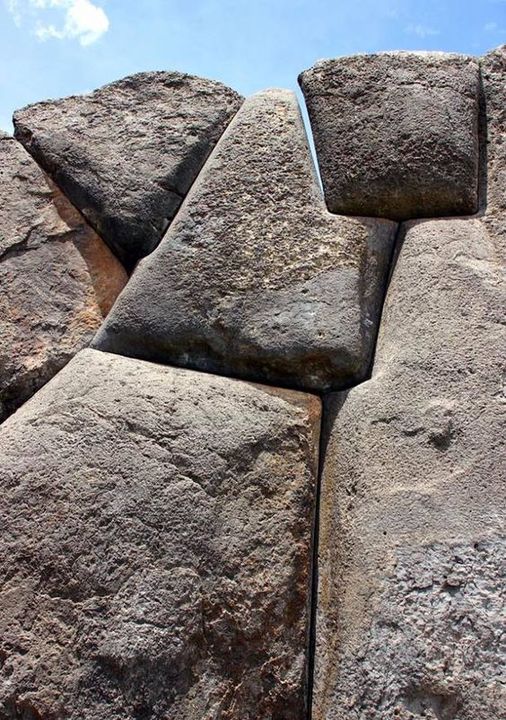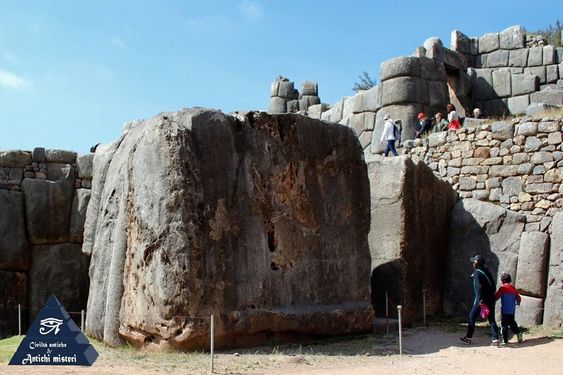In a remarkable archaeological find, a team of researchers has unearthed an extraordinary artifact—a copper alloy crown found intact on its owner's skull, dating back to the Iron Age. This stunning discovery offers a rare glimpse into the craftsmanship and culture of ancient civilizations, shedding new light on their customs, beliefs, and social hierarchy. In this blog post, we will delve into the significance of this ancient crown, exploring its historical context and the mysteries it holds.
A Glittering Relic of the Past: The Crown of the Iron Age
The discovery of the copper alloy crown represents a momentous occasion in the field of archaeology, offering insights into the material culture of ancient societies. Crafted with exquisite skill and adorned with intricate designs, this crown serves as a testament to the craftsmanship of its creators and the importance of symbolism in ancient rituals and ceremonies. Its remarkable preservation on the owner's skull provides a rare opportunity for researchers to study the crown in its original context, unraveling the mysteries of its creation and significance.

Unearthing the Past: Insights from the Iron Age
Dating back to the Iron Age, approximately 250-150 BC, the crown offers valuable clues about the social and cultural dynamics of ancient civilizations. During this period, societies across the globe were undergoing significant transformations, with advancements in metallurgy, agriculture, and trade shaping the fabric of daily life. The discovery of the crown provides a window into the lives of ancient rulers and elites, offering glimpses of their wealth, status, and connections to the divine. Through careful analysis of the crown's design and construction, archaeologists can piece together the intricate tapestry of Iron Age society.

A Symbol of Power and Prestige: The Role of Crowns in Ancient Societies
In many ancient cultures, crowns were more than mere adornments—they were symbols of power, authority, and divine right. Worn by rulers and elite members of society, crowns conveyed prestige and legitimacy, serving as tangible markers of social hierarchy and political leadership. The discovery of the copper alloy crown underscores the importance of such regalia in ancient societies, offering a tangible link to the rituals and ceremonies that shaped their worldview. Through the study of crowns and other royal artifacts, archaeologists gain insights into the complex dynamics of power and authority in the ancient world.

As we marvel at the beauty and craftsmanship of the ancient copper alloy crown, we are reminded of the enduring legacy of past civilizations and the importance of preserving our shared heritage. Through careful study and analysis, archaeologists continue to unlock the secrets of the past, uncovering hidden treasures that offer glimpses into the lives of those who came before us. The discovery of the crown is a testament to the resilience of ancient cultures and their ability to create enduring works of art and craftsmanship. As we continue to explore the mysteries of the Iron Age and beyond, may we honor the legacy of our ancestors and preserve their stories for future generations to discover.

Archaeological Significance:
The discovery of the copper alloy crown and its remarkable preservation on its owner's skull provide invaluable insights into ancient craftsmanship, symbolism, and social hierarchy. Through careful archaeological excavation and analysis, researchers can unravel the mysteries of the crown's creation and significance, shedding new light on the culture and customs of Iron Age societies. The crown serves as a tangible link to the past, offering a window into the lives of ancient rulers and elite members of society. As archaeologists continue to study and interpret this extraordinary artifact, they contribute to our understanding of the complexities of ancient civilizations and the rich tapestry of human history.










